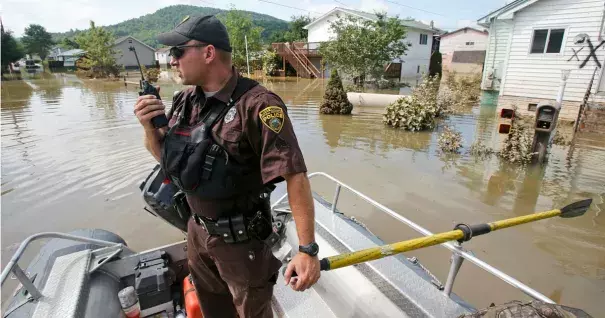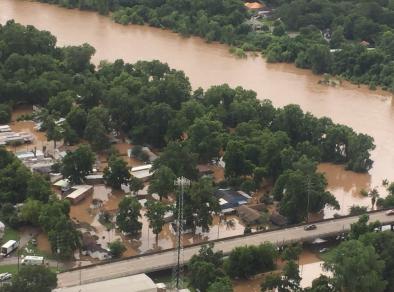Flood Experts Are Having To Throw Out The Playbook As The Planet Heats Up

For decades, ever since scientists began estimating the threat of floods, the stale-sounding concept of “stationarity” has been a big factor in their deliberations. “Stationarity,” the theory that certain things that contribute to floods don’t change over time, traditionally included climate. Assuming a non-changing climate, experts relied on historical flood risk data to gauge the danger of future floods.
But stationarity — as once defined — no longer exists.
“It’s a new way of thinking about risk.” said Doug Plasencia, president of the Association of State Flood Plain Managers Foundation. “We always have estimated flood risk by believing that magnitude and frequency would repeat, meaning that climate and other conditions, such as land use, were relatively stable. But now, with the changes in the climate, that is no longer valid. You have to ask: what’s changed? Are we seeing rainfall events that are unprecedented and more frequent? I think we are absolutely seeing these changes in many parts of the country, and it’s a call to action.”
...
In recent weeks, a series of terrible flood events in the United States has added a new sense of urgency to their discussions. Even abroad — recently in China, as well as in France, Germany, Nepal, South Africa and India, for example — floods have taken a significant toll on human life and property, exacerbating global concerns.
Increasingly, experts in flood management and climate scientists have come to recognize that global warming — along with geography; topography; land use and development; infrastructure; and cultural beliefs — significantly contributes to the severity and frequency of floods
Related Content






